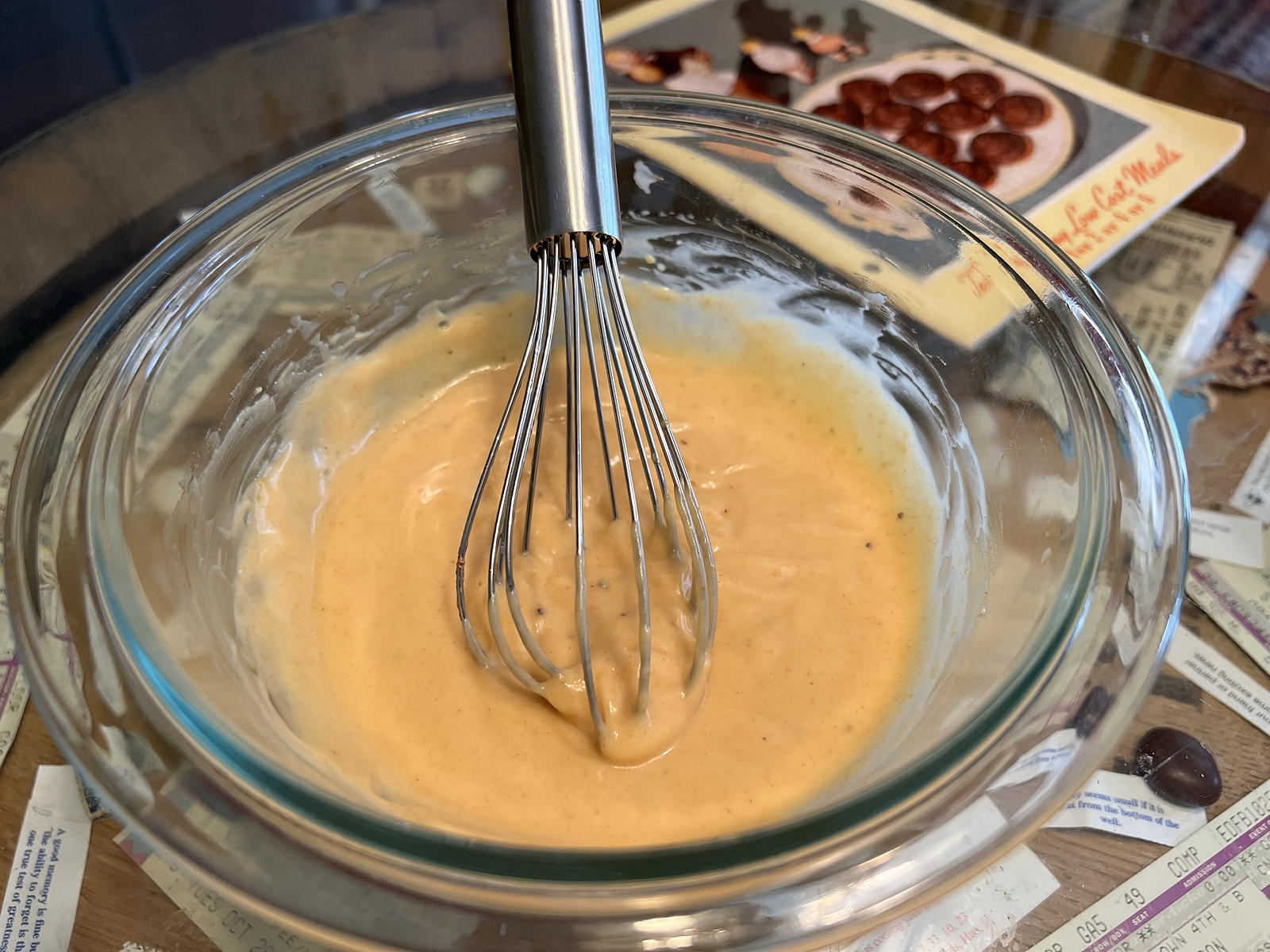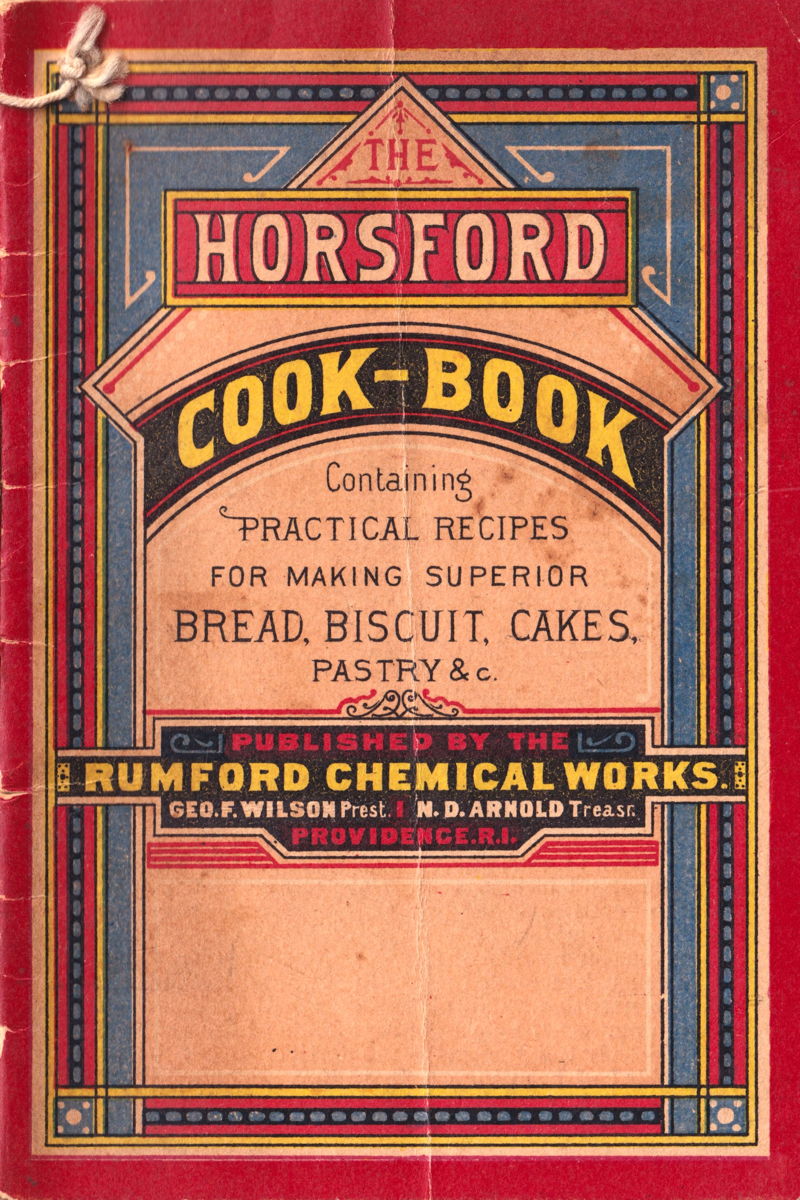- A revised timeline for Kolchak: The Night Stalker—Wednesday, November 13th, 2024
-
As part of integrating my annual Kolchak adventures with the movies and series, I’ve tried to put together a timeline of when relevant episodes actually took place. This allows me to, for example, give whoever is playing Dr. Leslie Dwyer the background that the events of “Mr. R.I.N.G.” took place four years ago, in 1972.
The timeline for the Kolchak movies is reasonable enough, if slightly confused—they happen a year or two apart. Add in the television series and things start to get very crowded very quickly, and occasionally even directly contradictory. If you go by the evidence in the television series, some of the Chicago episodes happened before the Seattle events in The Night Strangler! And while Kolchak had worked in Chicago before Las Vegas (at about 28 minutes in he and Gail Foster start listing the number of times he was fired in every major city in the United States) it wouldn’t likely have been for INS and it definitely would not have been for Vincenzo.
Because I’ve been running a game with Kolchak and his guest stars for four years now at the North Texas RPG Convention, I’ve had to make some assumptions about what experience they already have with the horrors Kolchak attracts, and when they had them. This has highlighted for me that Kolchak’s adventures are far too dense using the assumed timeline, that the movies happened in 1971 and either 1972 or 1973, and the series episodes in 1974 or 1975.
While none of the episodes mention a year, if you remember Kolchak’s iconic voiceovers from the movies, you probably remember that they took the form of “Weekday, Month Date”. That makes them relatively easy to place in a year. But much of it doesn’t make sense. When I looked at it closely, it turns out that there are timeline contradictions already in the second movie!
I wrote in The Wrong Goodbye,
- Mimsy@MeWe—Thursday, November 7th, 2024
-
I should have added a link to the Mimsy Were the Borogoves group on MeWe ages ago; not sure why I didn’t. I’ve been updating it for a while now. I’ve found MeWe to be much easier to use than FaceBook, and much easier to interact with people without losing them in a mass of oddly-sorted posts and ads.
- Stoy Soy Flour: Miracle Protein for World War II—Wednesday, November 6th, 2024
-
42 Tested Recipes for Stoy Soy Flour (PDF File, 5.3 MB), from 1943, is different from the alternative grain cookbooks I have from the fifties. Cooking with Wholegrains (1951) and El Molino Best (1953) were part of the whole grain movement among whole grain mills. Stoy Soy Flour appears at first glance to be just another soybean product from A. E. Staley Mfg. Co. But A. E. Staley is not the same kind of mill as El Molino Mills and especially not the the same kind as the Orton’s Vermont Country Store.
As an example of how much Staley differed from whole grains producers, they would later become pioneers in the introduction of high fructose corn syrup to other producers such as Coca-Cola and Pepsi. That’s a far cry from El Molino Mills, who appear to have excised any mention of syrup from their ingredients!
A. E. Staley was a bulk food processor from about 1906 through the late eighties. As far as I can tell, they only marketed soy flour during World War II. If this pamphlet can be used as a guide, they did it specifically to provide a non-rationed protein alternative to meat, milk, eggs, and cheese during World War II.
Soy Flour is one of the world’s five great protein foods. Meat, milk, eggs and cheese are the other four. Wartime needs, due to military and lend-lease requirements, are taking large quantities of these common protein foods. Therefore, STOY is meeting a great need for a new source of protein in the diet.
Staley left the soy flour business after the war ended. It remained popular in the whole grains movement well into the 21st century but today even specialty flour companies such as Bob’s Red Mill have stopped making it. Soy flour is often one of the many legume-based flours available from Indian grocers. That’s where I get it.
- Pet Milk Mayonnaise for National Sandwich Day—Wednesday, October 30th, 2024
-

Evaporated milk mayonnaise whisks easily and quickly.
I generally dislike mayonnaise, and usually try to avoid it. I also tend to avoid even good recipes that use mayonnaise, because it means I’m going to have a jar of mayonnaise sitting in the refrigerator for several months and probably over a year, unused. That means that I almost always only have egg salad sandwiches and chicken salad sandwiches, two of my favorites, when I’m eating out.
National Sandwich Day is on Friday, and this year’s National Sandwich Day post will fix that problem.
Most mayonnaise recipes call for eggs. Even the one-egg versions make more mayonnaise than I need or want. What ends up happening is that when I do make a recipe that calls for mayonnaise, I start making other recipes that call for mayonnaise until I run out.
So when I saw this recipe for mayonnaise in Mary Lee Taylor’s Tempting Low Cost Meals, I was intrigued. Unlike most mayonnaise recipes, there is nothing indivisible in this one. That, in fact, is the point of the book: the subtitle is “for 2 or 4 or 6” and most recipes include a variation for two people, for four people, and for six people. The recipes are meant specifically to make great meals with little to no leftovers.
It’s a fascinating book.
Most of the time, the difference between the two or three variations is that the book does all of the math for you. In this recipe, simply double or triple the amounts for the four- or six-person version. There are minor variations, but I suspect they’re just to make the measurements easier rather than because of any changes made necessary by the change in quantity. For example, it calls for ¼ teaspoon pepper instead of 3⁄16 teaspoons in the six-person version, and it calls for ⅓ cup evaporated milk instead of six tablespoons in the four-person version1.
- Trump, tariffs, and the war on American workers—Wednesday, October 23rd, 2024
-

If someone were to say that war raises prices, so a country shouldn’t attack a country that has attacked them, it would seem almost a non sequiter. The first statement is almost certainly true, but it has no bearing on the second. If you’re attacked, you defend yourself or you die. Who cares about higher prices at that point?
One of the most interesting policy changes under Trump was regarding tariffs. Trump was willing to use tariffs as weapons to get better foreign trade deals. The general wisdom among the beltway crowd is that the best tariff policy is for America to remove them all unilaterally. Whether that’s true or not is a pure non-sequitur if other countries are using tariffs and dumping as weapons of war. It also makes the very elitist assumption that the only policy you can have is to remove them or have them permanent.
The justification for a failure to respond in kind is that tariffs on raw materials, for example, means that non-US companies get resources cheaper than American companies do. Which in turn means that they can make things cheaper, and be more successful. When we raise the price of raw materials only in America, we raise the price of every American-made good made from those raw materials everywhere in the world.
That means lost jobs, because it means American-made products are more expensive both in the United States and outside the United States.
But none of that matters if jobs have already been lost and are continually being lost because other countries—and even DC politicians and bureaucracies—are waging war against American workers.
It’s even worse if many of those jobs being lost are introductory jobs in higher-wage industries. Introductory jobs are essential to building a manufacturing base. Low-wage introductory jobs in restaurants, on farms, and in neighborhoods train kids to interact with customers and to manage and perform a job’s responsibilities. Higher-wage introductory jobs in manufacturing, in farming, and increasingly in data management and low-level programming, teach young adults resource management, interpersonal dynamics with other workers, and responsibility to the employer, the customer, and to their family.
The latter jobs also teach the basics of their industry in the real world. These jobs are essential to an economically sound America, and an economically sound America is essential to a secure America.
- Vintage cookbook reproductions, and gold cakes compared fifty years apart—Wednesday, October 16th, 2024
-
I’ve added a new section to The Padgett Sunday Supper Club explicitly listing all of my print cookbooks in one place. Mainly this is to help you avoid excess shipping charges from Lulu if you enjoy reproductions of old cookbooks. All of the vintage reproductions, and most of the custom cookbooks, are available on Lulu.com.
If I wrote the book, it will be on both Amazon and Lulu. Reproductions will only be on Lulu. While Amazon does apparently allow books without the submitter’s name on the cover, they will also delay such books with questions. Navigating that sort of bureaucratic hassle is something I try to avoid.
Further, Amazon requires a bar code on the cover and I want to keep the cover reproductions clean. Some of them are quite beautiful. My first true reproduction is The Horsford Cook Book that I featured in A Centennial Meal for the Sestercentennial. It’s a wonderful book with some wonderful recipes. It’s the reason I decided to try printing reproductions. It’s not just that the recipes are great recipes, but the front and back cover are beautiful. At six inches by nine, I’ve published it larger than the original’s 3-⅝ inches by 5-½. If you enjoy putting such things on your walls, you may want to separate the cardstock cover and use the front and back as posters.
Since publishing reproductions via Lulu seems to work well I’ll be doing it with several other books I intend to feature in the future.
After posting A Centennial Meal back in June, I’ve made one more recipe from the Horsford book. I had six egg yolks left over from some Italian pudding and decided to try out a couple of gold cakes. I made the gold cake from Horsford and another gold cake from the 1926 Rumford Recipes for Cake and Cookie Making sliding cookbook.
- Trump, destiny, and the flood—Wednesday, October 9th, 2024
-

Don Surber recently wrote:
…the Lord did not deflect that bullet just to have The Donald lose on November 5th. I agree with Steve Hayward, who wrote, “I continue to think he is going to win, because I have a near mystical belief that he’s a world-historical figure of destiny.”
I’ve seen a lot of variations on this. But just because God spared Trump’s life in the face of deliberately malicious incompetence, does that mean God’s plan is for Trump to win? I understand the logic, but I think it’s dangerous to try to guess the Lord’s plans rather than take the opportunity to do what is right.
And there’s been a lot of sitting back and not doing what’s right lately.
In 2020 the Left fostered a global pandemic and blocked the most obvious and safest therapeutics. They deliberately destroyed cities with riots and plundered the savings of the poor. They stole a landslide election and criminalized any attempt at discussing what happened. In each case they not only lied about what they were doing, they made no attempt to cover the obviousness of their lies.
That was not a slowly boiling pot. It’s as if God used Trump to goad them into making their evil obvious. And yet what have we done in response? It’s difficult not to think of the parable of the drowning man. What if the Lord’s plan is to make obvious what His people should do?
Chesterton’s quote about the sphinx in The New Jerusalem is on-topic:
I delicately suggested to those who were disappointed in the Sphinx that it was just possible that the Sphinx was disappointed in them. — G. K. Chesterton (The New Jerusalem)
Eight years of economic disaster from 2008 to 2016. The beltway class was practically gloating about the permanent decline of American exceptionalism. But what followed under President Donald Trump were four years of economic boom, even under an unprecedented shutdown. And then a return to Democrat policies restored economic disaster again. The beltway class like to say that decline is inevitable, but it sure looks like policy makes a difference in whether or not we’re a declining or a booming country.
- Refrigerator Revolution Revisited: 1942 Cold Cooking—Wednesday, October 2nd, 2024
-
For all its reliance on gelatin, Cold Cooking (PDF File, 9.9 MB) has some wonderful recipes.
In the 1931-1946 editions of The Joy of Cooking, Irma Rombauer wrote at the start of her section on Bombes and Mousses:
Today similar recipes are to be found in any book on Iceless Refrigeration. Modern equipment has made these dishes commonplace, but for me they retain a certain glamour associated with distinguished company, conviviality and the easy flow of intellectual conversation.—Irma S. Rombauer, The Joy of Cooking, p. 689
By “iceless refrigeration” she meant electric refrigerator/freezers. It’s fascinating that she chose to capitalize the phrase, much like Frigidaire eschewed articles when referring to their refrigerator in Frigidaire Recipes in 1928. By 1942 (and then 1947 for my upcoming third installment) Montgomery Ward didn’t title their manual as if choosing their brand was a lifestyle choice, as Frigidaire had. They titled it “Cold Cooking” much as Osterizer would title their blender manual decades later “Spin Cookery”. It was an Appliance That Does Things. It Cold Cooks.
In 1928, when Frigidaire included Frigidaire Recipes with their new refrigerators, about 65% of dwellings in the United States had access to electric service. Only 7.3% of farms did. The cost of electricity was, on average, about seven cents per kilowatt-hour.
Fourteen years later in 1942, when Montgomery Ward published Cold Cooking (PDF File, 9.9 MB), 81% of dwellings and 38% of farms had electricity. The cost of electricity had dropped 25%, to around five cents, depending on how much you used.


Mimsy Were the Borogoves
The elites, unlike the masses, can usually escape the consequences of big ideas. — Mark Steyn (Passing Parade•)



